Utilizing the "Limits to Success" archetype can enhance audience engagement and brand loyalty but poses several challenges. Inauthentic use of this narrative can lead to backlash as audiences detect insincerity, and oversaturation can make the message seem repetitive. Additionally, misalignment with the audience and timing issues can render the campaign ineffective, emphasizing the need for continuous adaptation to cultural trends. Brands must remain authentic, unique, and audience-aligned while staying culturally relevant to harness the full power of this archetype.
Get Started for FREE
Sign up with Facebook Sign up with X
I don't have a Facebook or a X account


 Your new post is loading... Your new post is loading...
SEO campaigns are structured around a strategic plan to maximize organic leads from Google search, involving six key stages: discovery, keyword identification, topical pillar organization, identifying conversion pages, grouping content creation into projects, and setting benchmarks. Discovery involves understanding the client’s business, goals, and competition to inform keyword strategy, while keyword identification uses tools like SEMRush to compile a list of valuable keywords. Organizing keywords around topical pillars helps establish the client as an industry expert and effectively structures content creation. Finally, setting project benchmarks and tracking progress ensures continuous optimization and alignment with campaign goals.
Joemktg's insight:
Action Items for the Growth Marketer: Conduct a thorough discovery process to understand your client's business and goals, and identify valuable keywords using tools like SEMRush. Organize keywords into topical pillars and set benchmarks to track progress and optimize the SEO campaign. Let Joemktg assist you with your PLG initiatives. For work samples, go to Joemktg on Upwork.
From
thegood
Verb scoring is a method used to evaluate user actions within a product by categorizing them based on the level of user commitment required. This approach helps companies balance between creating friction and delivering value, optimizing their product strategies. Actions are classified into various levels, such as Anonymous, Limited Anonymous Use, Free with Registration, Limited Registered Use, Trial with Payment, and Gated, each serving different strategic purposes. By utilizing verb scoring, companies can understand and improve their user experience, making informed decisions on feature-gating to enhance user acquisition and monetization.
Feature-gating strategies should consider factors like feature complexity, product maturity, up-time, and integration requirements. For instance, a new product might offer more free features to build brand awareness, while an established brand might focus on retention and reducing churn. Specific tactics include using Anonymous verbs to increase share of voice, Limited Anonymous Use to transition visitors to registered users, and Free with Registration features to keep users engaged. Properly implementing these strategies can lead to significant growth by converting free users to paying customers.
Joemktg's insight:
Action Items for the Growth Marketer: Implement verb scoring to evaluate and optimize your product’s user actions, focusing on reducing unnecessary friction. Create a Verb Scoring Matrix to compare your strategy with competitors and refine your acquisition and retention approaches. Let Joemktg assist you with your PLG initiatives. For work samples, go to Joemktg on Upwork.
Technical SEO involves backend optimizations like improving site loading speed, structured data, and fixing broken links to ensure a website can be indexed and ranked by search engines. Content SEO focuses on creating and regularly publishing high-quality, keyword-targeted content that matches search intent, which is essential for achieving top search engine rankings. Technical SEO accounts for about 30% of Google's ranking algorithm, while content SEO makes up approximately 50%, emphasizing the need for a strong content strategy.
Joemktg's insight:
Action Items for the Growth Marketer: Implement both technical and content SEO strategies to improve website ranking and user engagement. Regularly audit and optimize your website’s technical aspects while consistently publishing high-quality content that meets user search intent. Let Joemktg assist you with your PLG initiatives. For work samples, go to Joemktg on Upwork.
From
thegood
Verb scoring evaluates user actions within a product by categorizing them based on the level of user commitment required. This method helps companies balance friction and value, optimizing their product monetization strategies. Actions are classified into levels such as Anonymous, Limited Anonymous Use, Free with Registration, Limited Registered Use, Trial with Payment, and Gated. Each level serves distinct strategic purposes, allowing companies to better understand their user experience and make strategic comparisons with competitors.
Implementing verb scoring involves assessing user actions to identify areas where unnecessary friction can be reduced, thus improving the user experience and increasing engagement. By creating a Verb Scoring Matrix, companies can compare their strategies against competitors and refine their acquisition and monetization approaches. This systematic evaluation leads to smarter decision-making, ultimately driving sustainable growth and user loyalty.
Analyzing user actions through verb scoring helps digital leaders enhance product performance and user satisfaction. By understanding the different levels of user engagement, companies can tailor their strategies to maximize value while minimizing friction. This approach not only improves user experience but also helps in identifying potential areas for improvement in the product journey, ensuring a smoother and more engaging user interaction.
Joemktg's insight:
Action Items for the Growth Marketer: Implement verb scoring to evaluate and optimize your product’s user actions, focusing on reducing unnecessary friction. Create a Verb Scoring Matrix to compare your strategy with competitors and refine your acquisition and retention approaches. Let Joemktg assist you with your PLG initiatives. For work samples, go to Joemktg on Upwork.
User activation is essential for converting traffic into active users and establishing loyalty and engagement. It involves completing a sequence of actions that make a user active, such as signing in or creating an account. Key aspects include the "aha!" moment, where users realize the product's value, and time-to-value, the duration it takes to reach this realization. Strong user activation can lead to sustainable growth, as higher activation rates significantly impact long-term user numbers and engagement.
To improve user activation, strategies include streamlined onboarding to quickly lead users to their "aha!" moments, personalization of the user experience, and clear value propositions. Other effective tactics are offering incentives, providing engaging content like tutorials and webinars, and crafting timely notifications based on the user journey. These strategies ensure users understand the product's benefits and remain engaged.
Metrics to measure user activation rates involve calculating the number of users who complete the activation sequence divided by the total number of users who attempted it, multiplied by 100. Optimization of activation processes is continuous, often employing A/B testing to evaluate user responses and improve the activation experience. As AI and machine learning advance, they promise to enhance user activation by enabling rapid A/B testing and personalized experiences more efficiently than manual methods.
Joemktg's insight:
Action Items for the Growth Marketer: Streamline the onboarding process to lead users to their "aha!" moments efficiently. Implement A/B testing and AI-driven personalization to continuously optimize the user activation experience. Let Joemktg assist you with your PLG initiatives. For work samples, go to Joemktg on Upwork.
Growth loops are self-sustaining systems driving user acquisition, engagement, and retention, characterized by intentionality, reflexivity, and sustainability. By creating an ongoing cycle where user actions continually boost growth, these loops ensure that the product reaches an increasing number of people. Key features include careful planning of cycles involving user inputs and actions, and a perpetual system where successful loops reinvest in themselves, fostering long-term growth. Instagram, for example, has effectively used habit loops to maintain a steadfast user base, making its platform a daily habit for many users.
Habit loops aim to foster repeated behaviors among existing users, turning these behaviors into habits. They involve triggering user actions, rewarding the desired behavior, and reinforcing the action through positive feedback. For example, a fitness app might send reminders to work out, reward users with badges for completing workouts, and encourage them to share their progress on social media. This cycle of engagement, reward, and reinforcement keeps users returning to the product, building long-term loyalty and usage.
Retention is crucial for consistent growth, as it ensures users stay engaged and continue using the product. Retention can be viewed as fixing a leaky bucket where user acquisition efforts are not wasted. By forming habits through engagement and rewarding experiences, retention can be significantly improved. Organic habit loops leverage intrinsic user motivations, while manufactured habit loops use deliberate triggers like notifications. By understanding and leveraging these loops, brands can significantly enhance user engagement and retention, ensuring sustainable growth.
Joemktg's insight:
Action Items for the Growth Marketer: Identify and optimize key growth loops that drive user acquisition and retention. Measure and prioritize the most effective loops to enhance sustainable growth. Let Joemktg assist you with your PLG initiatives. For work samples, go to Joemktg on Upwork.
Insights gathered over years of helping brands grow emphasize that creating a positive impact involves a deep understanding of growth mechanisms. Growth loops, used effectively by companies like Instagram, are self-sustaining systems that fuel user acquisition, engagement, and retention. These loops are characterized by intentionality, reflexivity, and sustainability. Intentionality ensures that growth loops are carefully orchestrated, reflexivity allows user actions to generate positive outcomes, and sustainability means each successful loop feeds back into itself, promoting long-term growth.
Acquisition loops focus on gaining new users and can vary in their methods, encompassing viral, content, paid, and sales subcategories. Viral loops turn users into brand ambassadors, driving organic growth through word-of-mouth and incentivized actions. Content loops leverage user-generated and company-created content to attract new users, while paid loops utilize advertising to draw in new customers. Sales loops involve direct outreach and upselling techniques to convert and acquire users. These loops, if managed correctly, can create a compounding effect that continually fuels user growth.
Habit loops, on the other hand, aim to foster repeated behaviors among existing users, turning these behaviors into habits. This involves triggering user actions, rewarding desired behaviors, and reinforcing the actions through positive feedback. For example, a habit loop might involve a fitness app that sends reminders to work out, rewards users with badges for completing workouts, and encourages them to share their progress on social media. This cycle of engagement, reward, and reinforcement keeps u
Joemktg's insight:
Action Items for the Growth Marketer: Identify and optimize key growth loops that can be reinvested to drive user acquisition and retention. Measure the effectiveness and sustainability of these loops to prioritize efforts on the most impactful ones. Let Joemktg assist you with your PLG initiatives. For work samples, go to Joemktg on Upwork.
Growth loops are closed systems where inputs generate outputs that can be reinvested to create more input. Pinterest’s growth loop includes user sign-ups, content activation, content saving, and distribution to search engines, leading to more sign-ups. Crework's "30 Days of PM" newsletter follows a similar loop: user subscription, social media posts, new user curiosity, and further subscriptions, achieving 400 subscribers in two months without marketing. Loops provide sustainable, compounding growth by reinvesting outputs into new cycles. Not all loops are equally effective; focusing on a few major loops ensures sustainable growth.
Joemktg's insight:
Action Items for the Growth Marketer: Identify and optimize key growth loops that can be reinvested to drive user acquisition and retention. Measure the effectiveness and sustainability of these loops to prioritize efforts on the most impactful ones. Let Joemktg assist you with your PLG initiatives. For work samples, go to Joemktg on Upwork.
Creating a product-led growth (PLG) strategy involves focusing on customer acquisition, retention, and expansion through the product itself. Key steps include defining your ideal user, building a user-centric product, optimizing for customer acquisition with free trials and seamless onboarding, and driving customer retention through continuous value and engagement. Measuring success with key product metrics and ensuring company-wide alignment are also crucial. Examples of successful PLG strategies include Slack's freemium model, Dropbox's referral program, Zoom's viral growth loop, and Canva's user-generated content.
Joemktg's insight:
Action Items for the Growth Marketer: Focus on creating a seamless product experience that demonstrates value quickly to users. Implement behavioral analytics to continuously improve the product based on user interactions and feedback. Let Joemktg assist you with your PLG initiatives. For work samples, go to Joemktg on Upwork.
Product-led growth (PLG) is a business strategy where the product itself drives customer acquisition, retention, and expansion. Companies like Atlassian and Calendly exemplify successful PLG approaches by delivering superior product experiences, reducing reliance on traditional sales and marketing tactics. This strategy aligns all company resources towards enhancing the product, leading to faster scaling and lower customer acquisition costs. According to statistics, PLG companies have a median enterprise value twice as high as their non-PLG counterparts and achieve accelerated growth rates.
PLG emphasizes the importance of creating a product that provides value quickly, encouraging users to engage and stay. Behavioral analytics play a critical role in this approach, helping companies understand user interactions and continuously improve the product based on real-time feedback. By focusing on metrics such as time-to-value and user retention, PLG companies can ensure that their product meets the needs and expectations of their users, driving sustainable growth and customer loyalty.
Joemktg's insight:
Action Items for the Growth Marketer: Focus on creating a seamless product experience that demonstrates value quickly to users. Implement behavioral analytics to continuously improve the product based on user interactions and feedback. Let Joemktg assist you with your PLG initiatives. For work samples, go to Joemktg on Upwork.
From
ortto
Growth loops are closed systems designed to turn outputs into new inputs, ensuring continuous growth. These loops involve a user taking an action that generates an outcome, like a referral, which then leads to new users entering the system. Unlike traditional linear funnels, growth loops create sustainable, compounding growth and unite teams toward common goals. Examples of growth loops include LinkedIn's referral system and Venmo's viral payment process, which both effectively turn user actions into new user acquisition.
Implementing growth loops requires mapping out the user journey and identifying actions that lead to further engagement. Automated triggers based on user behavior help maintain the loop, encouraging ongoing user activity and engagement. Regular measurement and optimization are crucial to ensure each loop performs effectively and contributes to sustainable growth.
Successful growth loops align marketing, product, and engineering teams to focus on creating user experiences that naturally encourage sharing and further usage. This alignment ensures that each step in the user journey is optimized to generate new inputs, leading to a compounding effect. By leveraging real-life examples, companies can understand the principles behind effective growth loops and apply them to their strategies for scalable, sustainable growth.
Joemktg's insight:
Action Items for the Growth Marketer: Map out potential growth loops within your user journey and set up automated triggers based on key actions. Regularly review and optimize growth loops to ensure they drive sustainable, compounding growth. Let Joemktg assist you with your PLG initiatives. For work samples, go to Joemktg on Upwork.
Product-led growth (PLG) focuses on using the product itself as the primary driver for customer acquisition, engagement, retention, and expansion. By offering free trials or freemium plans, companies let the product demonstrate its value directly to users. PLG results in higher conversion rates, lower customer acquisition costs, and greater customer loyalty compared to traditional sales-led growth models. It emphasizes improving the product experience, leveraging word-of-mouth, and automating the customer journey to drive sustainable growth.
Joemktg's insight:
Action Items for the Growth Marketer: Implement free trials or freemium plans to showcase product value. Focus on enhancing product experiences to drive user engagement and conversions. Let Joemktg assist you with your PLG initiatives. For work samples, go to Joemktg on Upwork.
From
thegood
Converting free trial users to paying customers involves several strategies, including early and frequent upgrade prompts, driving users to value quickly, and showcasing gated features alongside free ones. Clear and consistent calls-to-action (CTAs), thoughtful feature gating, regular reminders of trial time, excellent onboarding experiences, and strategic paywalls can significantly enhance conversion rates. For example, Dropbox and Evernote use onboarding checklists to guide users toward value quickly, and Canva highlights benefits and ease of upgrade throughout the user journey.
To implement these strategies, start by mapping out the user journey and identifying key points where users experience value. Integrate upgrade prompts at these points and highlight the benefits of paid features. Use personalized onboarding checklists to guide users through essential features and ensure they reach value milestones quickly. Consistently remind users of the trial period and use strategically placed paywalls to encourage conversion when they hit value thresholds.
Nine key strategies include:
Joemktg's insight:
Action Items for the Growth Marketer: Implement early and frequent upgrade prompts throughout the user journey. Ensure clear and consistent CTAs and provide an exceptional onboarding experience to drive users to value quickly. Let Joemktg assist you with your PLG initiatives. For work samples, go to Joemktg on Upwork.
From
databox
Boosting SaaS growth involves leveraging Product-Qualified Lead (PQL) scores and a robust activation strategy. PQLs are users who have experienced the product's value, making them more likely to convert. An effective activation strategy includes defining key user actions that signify value realization, measuring activation scores, and using these scores to guide customer engagement efforts. This approach helps optimize user onboarding, increase conversion rates, and improve retention.
To implement this strategy, companies should analyze user behavior to identify actions that correlate with long-term success. Creating personalized onboarding experiences based on activation milestones ensures users quickly understand and experience the product's value. Regularly reviewing and adjusting PQL criteria and activation metrics ensures they remain relevant as the product evolves.
Joemktg's insight:
Action Items for the Growth Marketer: Implement a PQL scoring system and define activation milestones to track user engagement. Use activation data to personalize user interactions and enhance conversion strategies. Let Joemktg assist you with your PLG initiatives. For work samples, go to Joemktg on Upwork.
Effective survey data analysis involves visualizing quantitative data, coding qualitative data to identify trends, cross-tabulating data for context, pairing survey data with user behavior analytics, and drawing meaningful conclusions. Best practices include using various survey analysis methods, determining the right sample size, ensuring statistical significance, comparing new data to historical data, and distinguishing between causation and correlation. Userpilot offers tools to collect, visualize, and tag survey data, aiding in comprehensive analysis and actionable insights.
Joemktg's insight:
Action Items for the Growth Marketer: Implement structured methods for analyzing both quantitative and qualitative survey data. Use historical comparisons and ensure statistical significance for reliable insights. Let Joemktg assist you with your PLG initiatives. For work samples, go to Joemktg on Upwork.
A comprehensive SaaS marketing strategy involves six key steps: setting clear marketing goals, identifying target audiences, developing core messaging and value propositions, selecting appropriate marketing channels, creating targeted content, and continuously measuring KPIs to refine the strategy. Goals can include increasing brand awareness, generating leads, and establishing industry authority. Effective strategies rely on understanding the audience's pain points and crafting messages that resonate. Various channels, such as SEO, PPC, and social media, are used to reach and engage the audience.
Joemktg's insight:
Action Items for the Growth Marketer: Define specific marketing goals and tailor content to address the audience's pain points. Use a mix of channels and regularly measure KPIs to optimize your strategy. Let Joemktg assist you with your PLG initiatives. For work samples, go to Joemktg on Upwork.
A case study on SEO for SaaS companies illustrates how Cadence Design Systems partnered with First Page Sage to enhance their online presence in the PCB market. By focusing on SEO-driven content crafted by electronics engineers, they targeted keywords relevant to design engineers’ pain points. This strategy resulted in a 934% increase in total keyword rankings over a year and significantly boosted organic traffic to over 100,000 monthly sessions. The long-term campaign reduced cost per conversion and increased new subscribers, free trial requests, and user signups.
Joemktg's insight:
Action Items for the Growth Marketer: Focus on creating SEO-driven content targeting specific pain points of your audience. Implement a long-term SEO strategy with expert content creation to drive organic traffic and conversions. Let Joemktg assist you with your PLG initiatives. For work samples, go to Joemktg on Upwork.
A product strategy is a high-level plan outlining product goals and how to achieve them, guiding the development process. It involves collaboration across leadership and functional teams, defining clear, measurable goals using frameworks like SMART, and creating a roadmap with specific initiatives. Market research, customer feedback, and competitive analysis are critical steps in identifying unmet needs and validating the strategy. Successful product strategies align with the product vision, focus on user needs, and adapt to changing market conditions.
Joemktg's insight:
Action Items for the Growth Marketer: Conduct thorough market research and define a clear product vision. Use measurable goals and structured roadmaps to guide product development and ensure alignment with user needs. Let Joemktg assist you with your PLG initiatives. For work samples, go to Joemktg on Upwork.
Tanguy Crusson, Atlassian's product lead for Jira Product Discovery, shares insights on building products from zero to one within a large company. He emphasizes the importance of defining and validating assumptions, creating scarcity to drive resourcefulness, and understanding that failure is common even for large companies. Success metrics for new products should differ from existing ones, focusing on learning and excitement rather than immediate revenue. Atlassian uses a four-phase approach: Wonder, Explore, Make, and Impact, to structure product development and investment decisions.
Joemktg's insight:
Action Items for the Growth Marketer: Define and test assumptions for new features, and use a structured, phased approach to product development. Focus on learning and validation metrics over traditional success metrics. Let Joemktg assist you with your PLG initiatives. For work samples, go to Joemktg on Upwork.
A painted door test is a method used to validate new product ideas by tracking user interactions with non-functional features. Product managers employ this test by presenting users with the option to interact with a feature that doesn’t yet exist and measuring the response to gauge interest. This approach helps prioritize high-demand features based on real user data. Benefits include efficient resource management and insightful feedback, though it may erode trust and lead to skewed data from accidental clicks. Best practices involve clear feature definition and using analytics tools for accurate tracking.
Product managers set up a painted door test by creating an interface element for the feature being tested, such as a button or link, which when clicked, provides a message indicating the feature is not yet available but asks for user feedback. Analytics tools are used to track how many users interact with the feature and collect data on user behavior and preferences. The data collected helps in making informed decisions on whether to develop the feature further based on user interest.
Joemktg's insight:
Action Items for the Growth Marketer: Clearly define and test potential features using painted door tests to validate user interest before full development. Use analytics to track engagement and gather qualitative feedback to make informed decisions. Let Joemktg assist you with your PLG initiatives. For work samples, go to Joemktg on Upwork.
From
kenmoo
Customer Acquisition Cost (CAC) benchmarks for B2B SaaS vary significantly across industries and customer acquisition channels. Organic marketing channels typically result in lower CAC compared to inorganic channels, emphasizing the value of content marketing and SEO. Factors influencing CAC include target audience, industry competition, and chosen marketing strategies. Effective use of CAC requires analyzing additional metrics such as CAC payback period, sales efficiency, and the CLV/CAC ratio to optimize customer acquisition strategies and ensure sustainable growth.
Joemktg's insight:
Action Items for the Growth Marketer: Leverage organic marketing channels to minimize CAC and monitor related metrics to refine strategies continually. Benchmark your CAC against industry standards to stay competitive. Let Joemktg assist you with your PLG initiatives. For work samples, go to Joemktg on Upwork.
Customer Acquisition Cost (CAC) varies widely by industry in B2B sectors. For example, aerospace and defense average $624, while financial services reach $784. Organic CACs are generally lower than inorganic ones, highlighting the importance of SEO and organic social strategies. Benchmarking against industry averages can help businesses optimize their marketing spend and identify areas for improvement. Efficiently managing CAC is critical for maintaining a healthy LTV to CAC ratio, ensuring sustainable growth.
Joemktg's insight:
Action Items for the Growth Marketer: Prioritize organic marketing channels to reduce CAC. Use industry benchmarks to evaluate and adjust your marketing strategies. Let Joemktg assist you with your PLG initiatives. For work samples, go to Joemktg on Upwork.
B2B SaaS Customer Acquisition Cost (CAC) varies significantly by industry and customer size, with industries like fintech ($1,461 for small businesses) and telecommunications ($5,278 for middle market) having higher CACs. Factors influencing CAC include marketing strategies, sales processes, and industry-specific challenges. Lowering CAC while maintaining customer value is crucial for financial health, as indicated by the LTV-to-CAC ratio. The report categorizes CAC data over five years, offering benchmarks for small business, middle market, and enterprise sectors across various B2B SaaS industries.
Joemktg's insight:
Action Items for the Growth Marketer: Focus on optimizing marketing channels and sales processes to reduce CAC. Use industry benchmarks to set realistic CAC targets and measure performance. Let Joemktg assist you with your PLG initiatives. For work samples, go to Joemktg on Upwork.
Product-Led Growth (PLG) leverages the product to drive user acquisition, retention, and expansion, significantly lowering customer acquisition costs and enhancing scalability. Users prefer the self-service model, which fosters organic growth through word-of-mouth and referrals. Implementing PLG involves mapping the funnel, assigning team responsibilities, tracking key metrics, and continuously optimizing through data analytics. Companies like Loom, Slack, Groupize, and Canva have successfully implemented PLG strategies, demonstrating its effectiveness in driving growth and customer satisfaction.
Joemktg's insight:
Action Items for the Growth Marketer: Design seamless user experiences that encourage self-service and leverage data to refine the product continually. Focus on strategies like freemium models and user onboarding to maximize product adoption. Let Joemktg assist you with your PLG initiatives. For work samples, go to Joemktg on Upwork. |
|




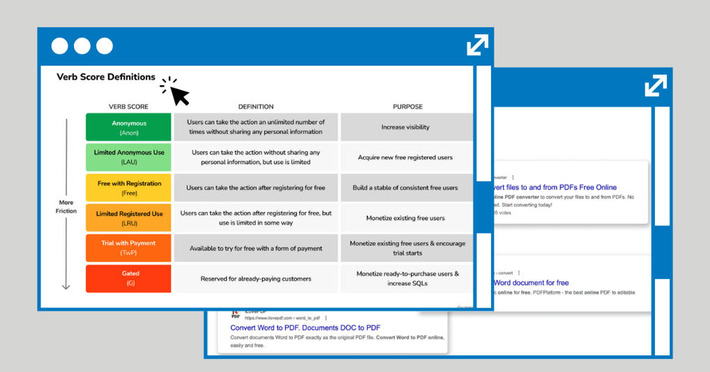
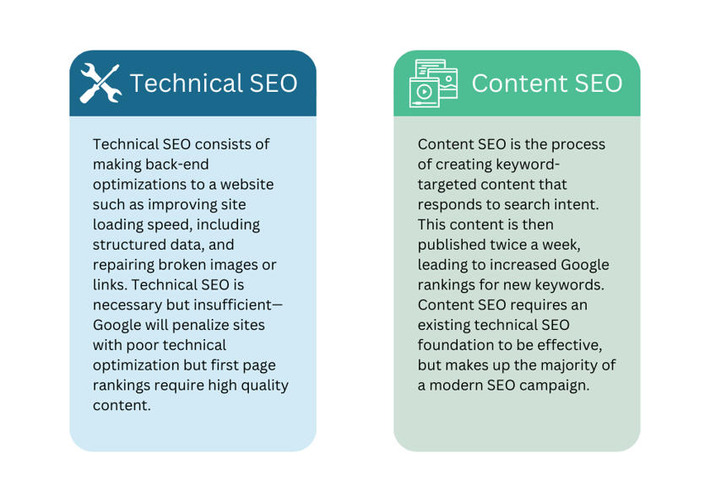
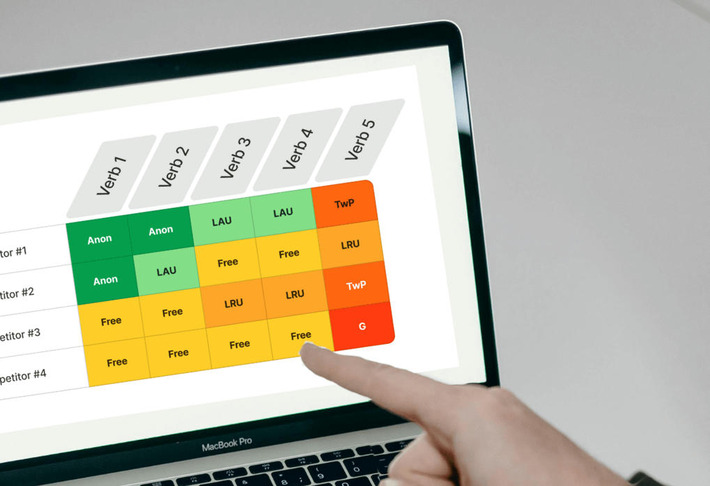
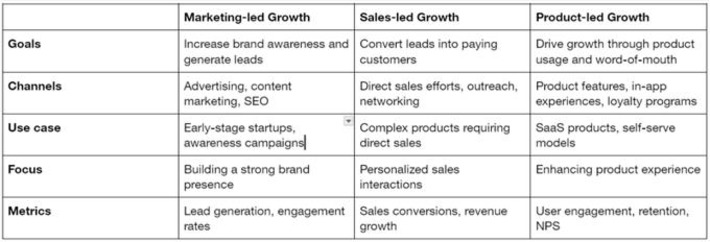
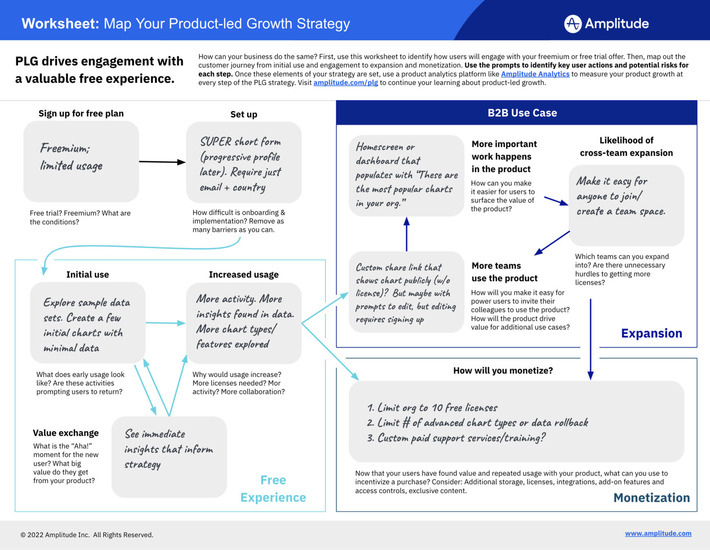
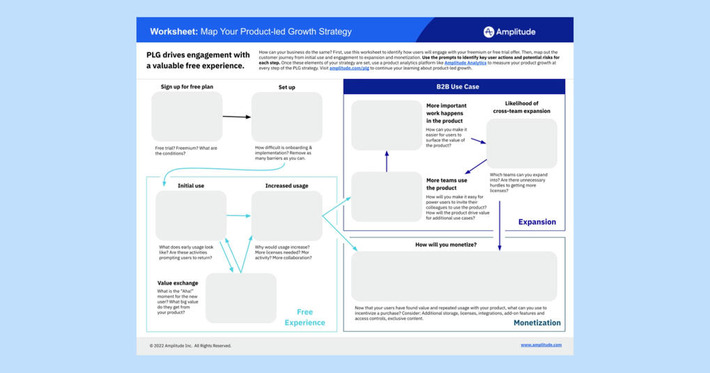

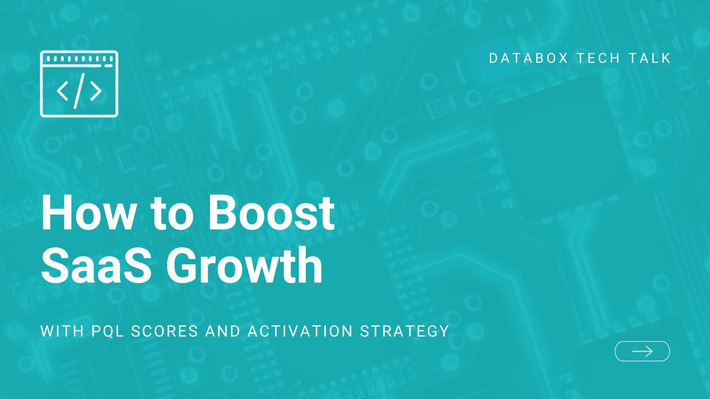
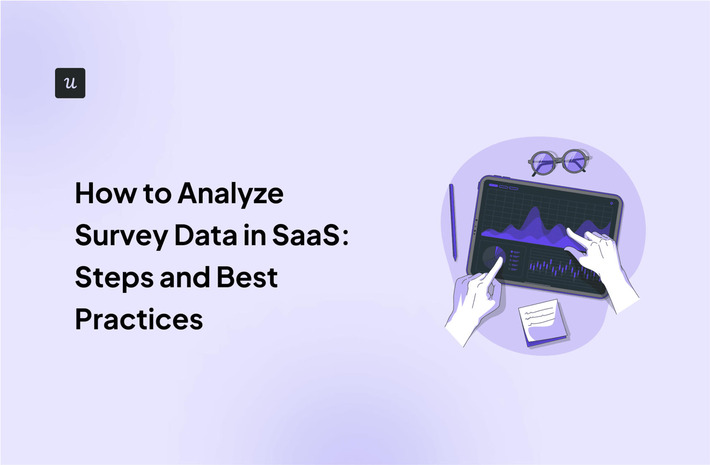
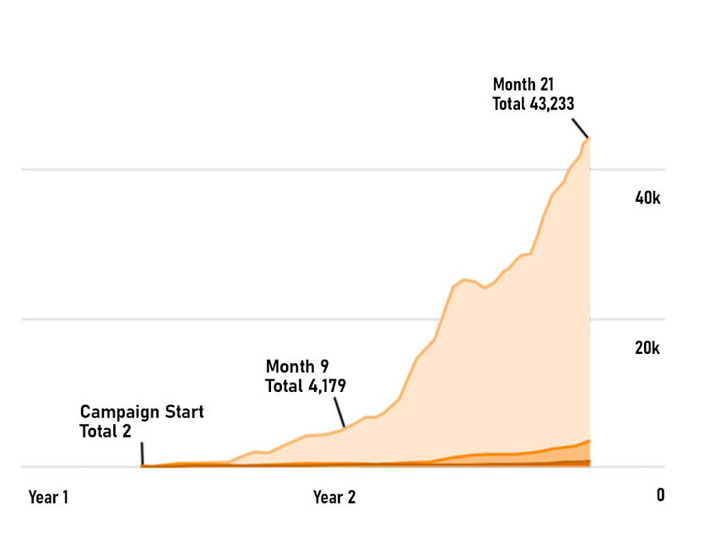
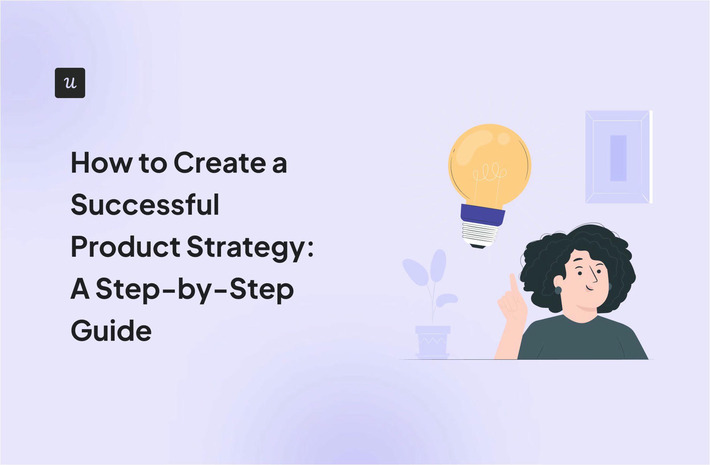


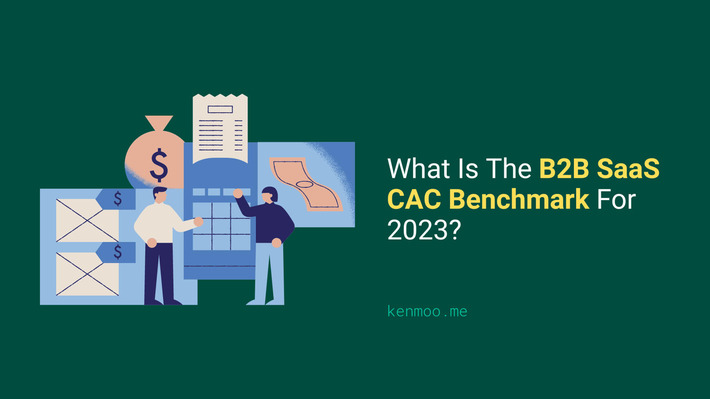
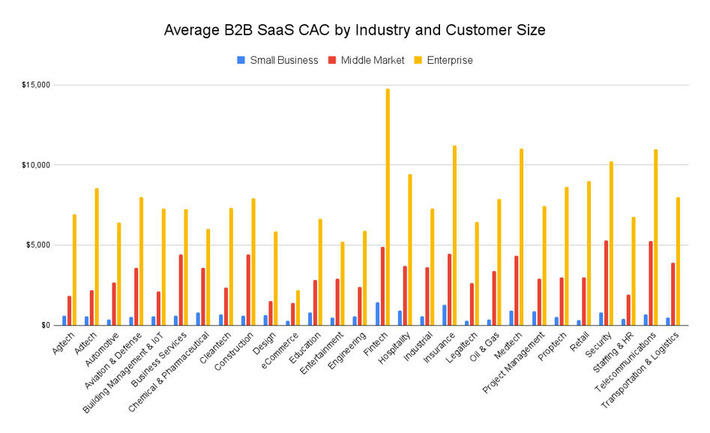






Action Items for the Growth Marketer: Ensure your brand’s storytelling is authentic and aligns with your core values. Regularly monitor cultural trends to keep your messaging relevant and engaging. Let Joemktg assist you with your PLG initiatives. For work samples, go to Joemktg on Upwork.